I Have … A Tip.
I have … a tip.
If you’re writing something that involves an aspect of life that you have not experienced, you obviously have to do research on it. You have to find other examples of it in order to accurately incorporate it into your story realistically.
But don’t just look at professional write ups. Don’t stop at wikepedia or webMD. Look up first person accounts.
I wrote a fic once where a character has frequent seizures. Naturally, I was all over the wikipedia page for seizures, the related pages, other medical websites, etc.
But I also looked at Yahoo asks where people where asking more obscure questions, sometimes asked by people who were experiencing seizures, sometimes answered by people who have had seizures.
I looked to YouTube. Found a few individual videos of people detailing how their seizures usually played out. So found a few channels that were mostly dedicated to displaying the daily habits of someone who was epileptic.
I looked at blogs and articles written by people who have had seizures regularly for as long as they can remember. But I also read the frantic posts from people who were newly diagnosed or had only had one and were worried about another.
When I wrote that fic, I got a comment from someone saying that I had touched upon aspects of movement disorders that they had never seen portrayed in media and that they had found representation in my art that they just never had before. And I think it’s because of the details. The little things.
The wiki page for seizures tells you the technicalities of it all, the terminology. It tells you what can cause them and what the symptoms are. It tells you how to deal with them, how to prevent them.
But it doesn’t tell you how some people with seizures are wary of holding sharp objects or hot liquids. It doesn’t tell you how epileptics feel when they’ve just found out that they’re prone to fits. It doesn’t tell you how their friends and family react to the news.
This applies to any and all writing. And any and all subjects. Disabilities. Sexualities. Ethnicities. Cultures. Professions. Hobbies. Traumas. If you haven’t experienced something first hand, talk to people that have. Listen to people that have. Don’t stop at the scholarly sources. They don’t always have all that you need.
More Posts from Lauremaster and Others
Y’all I read a lot of scripts. And the one note I give over and over and over and over to the point that I can pretty much copy and paste it from one review to another…. let your characters lie. Let them omit, stumble, and circumvent. Allow them to be completely unable to express what they’re feeling. Make them unable to admit a truth. Let them sit in silence because they can’t think of anything clever to say! Let them say the exact wrong thing!
Dee Rees talks about it in her BAFTA lecture (which you should ABSOLUTELY WATCH): that what your character actually says should be three degrees of separation away from what they mean to say.
I read script after script after script where characters articulate their needs, desires, and objectives with perfect accuracy off the cuff 24/7 and there is not one single human person on this planet who is actually able to do that. This is the #1 thing that’s going to make your script sound stilted and the #1 thing that’s going to make shit difficult on your actors. Let them shut up, and let them lie.



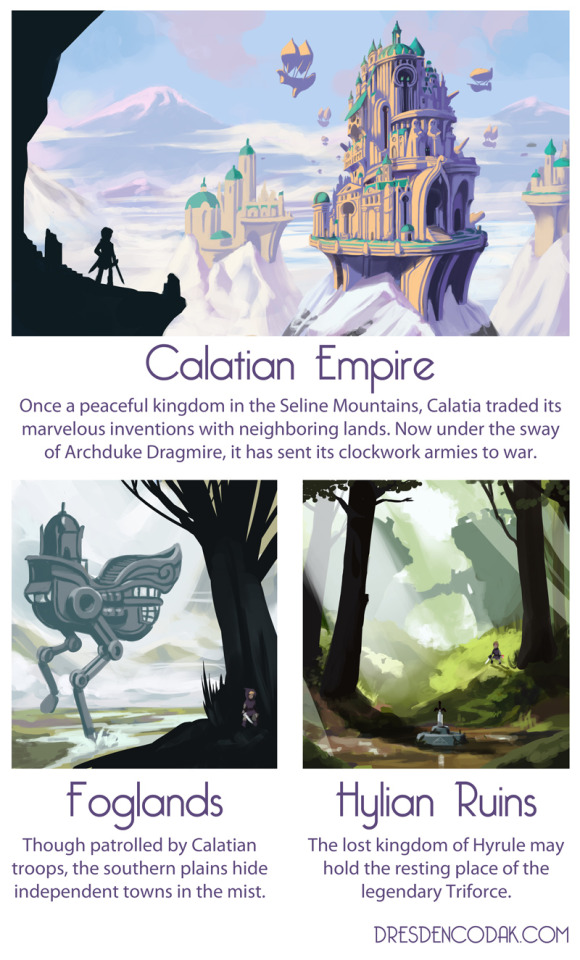

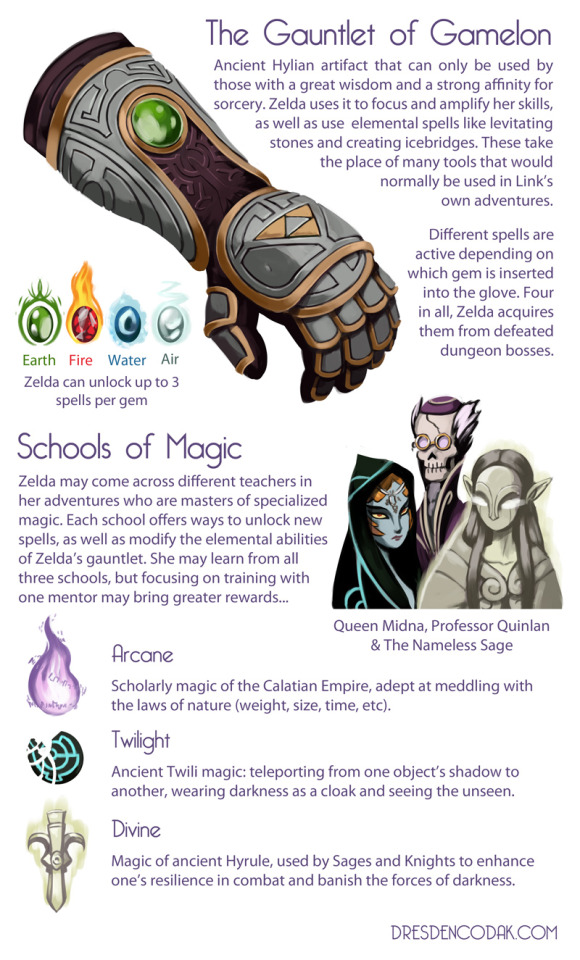

Inspired by Anita Sarkeesian’s Video Game Tropes vs Women, I wanted to pitch a Zelda game where Zelda herself was the hero, rescuing a Prince Link.
Clockwork Empire is set 2,000 years after Twilight Princess, and is not a reboot, but simply another iteration in the Zelda franchise. It just so happens that in this case, Zelda is the protagonist. I’m a very big Zelda fan, and worked hard to draw from key elements in the continuity and mythos.
This concept work is meant to show that Zelda as a game protagonist can be both compelling and true to the franchise, while bringing new and dynamic game elements that go farther than being a simple gender swap.
Hope you like it!
(for more info about this project, check out my FAQ)
New goddess idea: She’s an earth goddess of the new age who’s domain is spinning and weaving, but specifically spinning and weaving gigantic structural steel cables for construction and other industrial purposes. Her skin is steel grey and hard to the touch and her hair is like long dredlocks of woven steel. She laughs at shitty architecture deigns that will fall apart if actually built and protects well-made bridges and buildings she likes. She might warn you of unforseen danger if you always wear your proper PPE.
Okay now what do I name her
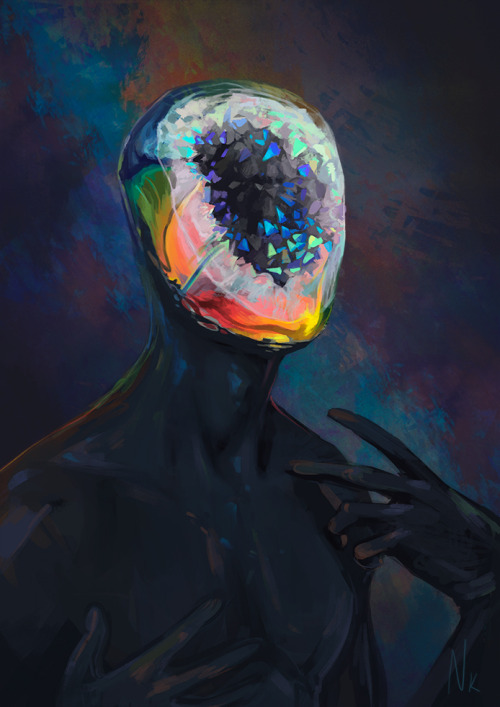
Geode (x)
I have become obsessed with long term nuclear waste disposal warnings
F1, G3, P1
I’m gonna answer for Hops (chain oc) and Forthright(my current d&d character)
F1
What do they do for fun?
– Hops would probably be that person to do brewery tours but I think she also likes seeing street performers.
– Forthright is always running grifts and probably spends her the time away from her sewer goblin kingdom gambling. I also think she likes to show off wealth so maybe balls and operas.
G3
what benefits come from being their friend?
– Hops always reminds people to know their limits
– if your Forthright’s friend she wont grift you
P1
What is there best personality trait?
– Hops has big friend energy, thinks shes mom friend but isnt even close
– Forthright thinks shes the double-crossing wildcard but is somehow the (second) most level headed of the party. Knows when to not push her luck
BONUS QUESTIONS (bc I want to)
B3
How tall are they?
– Hops is maybe about 4 foot 7
– Forthright is 5 foot 11 inches (6 foot 3 w/horns)
G1
Most attractive external feature
– Hops has big arms (a feature I have to give credit to @hubbleablubble ’s art for) that I think gets a lot of attention but she really likes her hair
– Forthright is pretty tall. She really likes her birthmarks though.
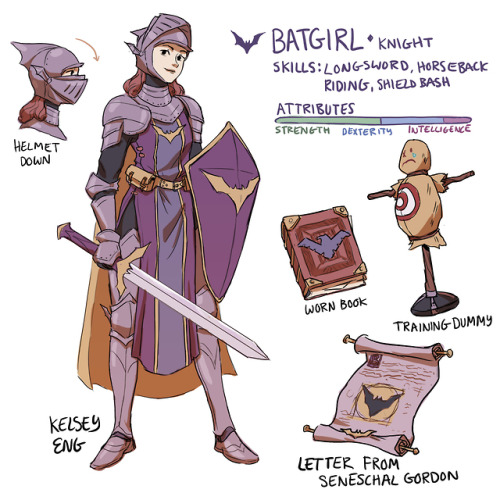
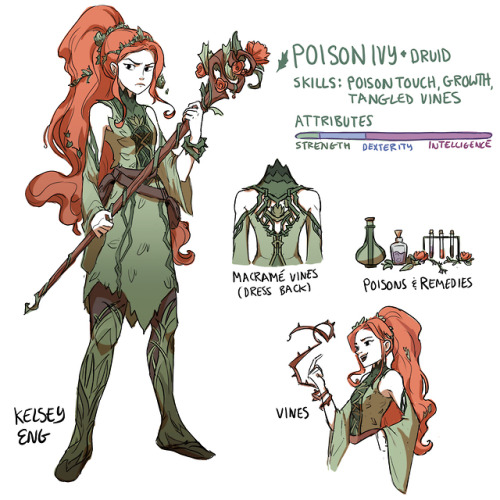
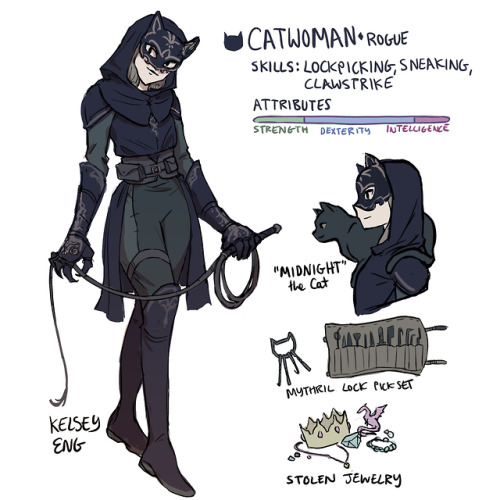
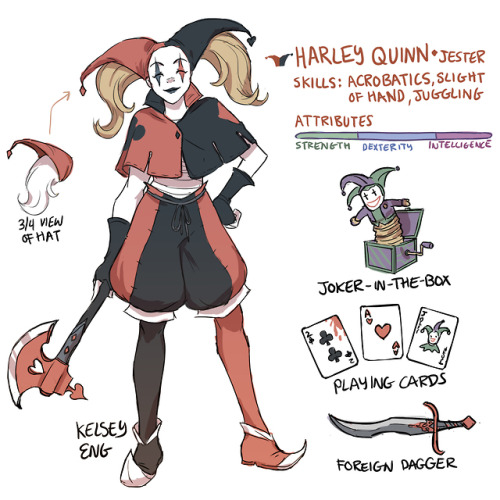
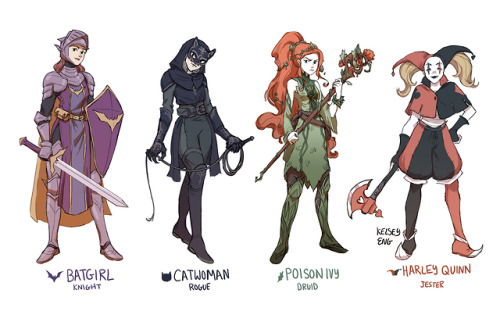
Gotham Girls RPG redesign for fun :) They actually make a very well-balanced team! I was originally going to do them all as knights but then saw Mindy Lee’s Poison Ivy Druid and got inspired. www.instagram.com/kelseyeng32
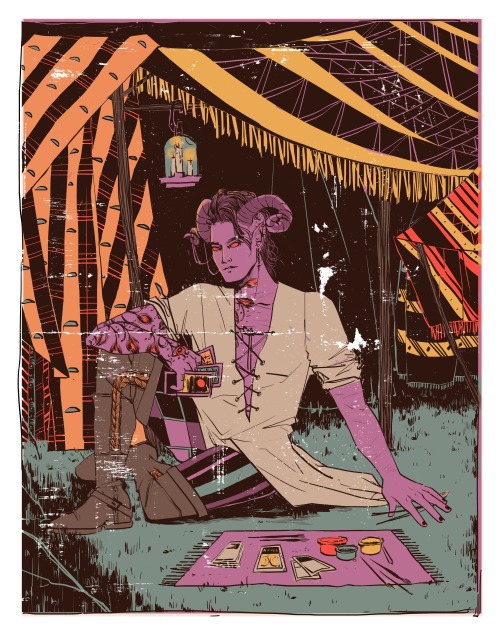
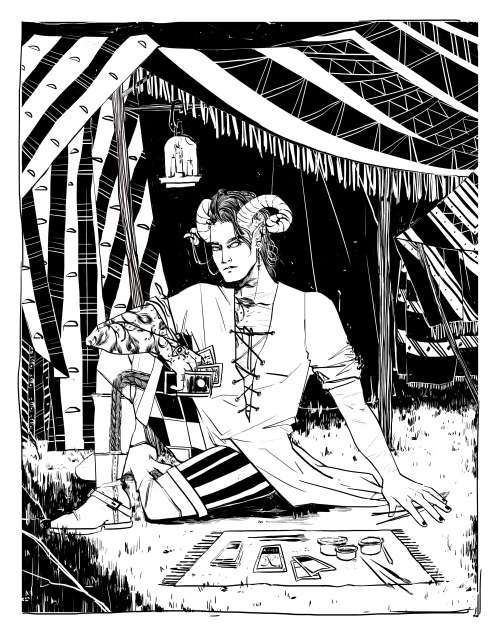
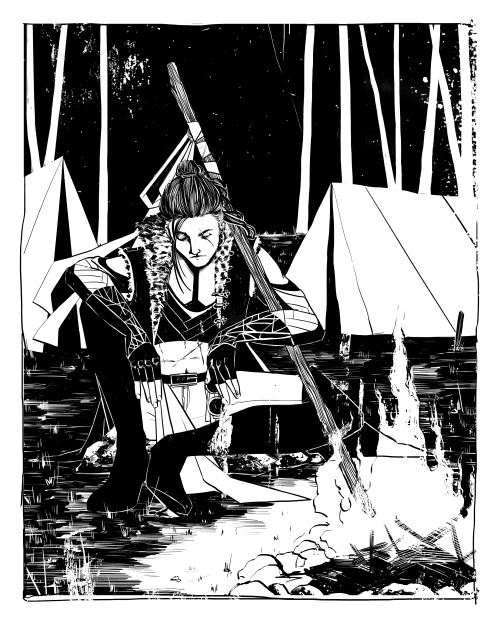
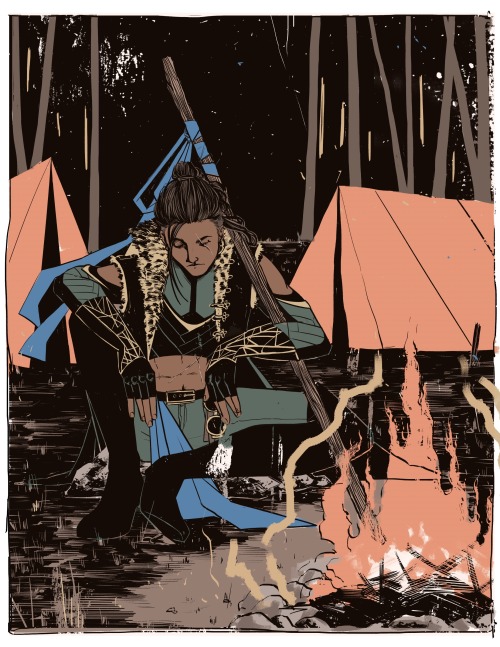
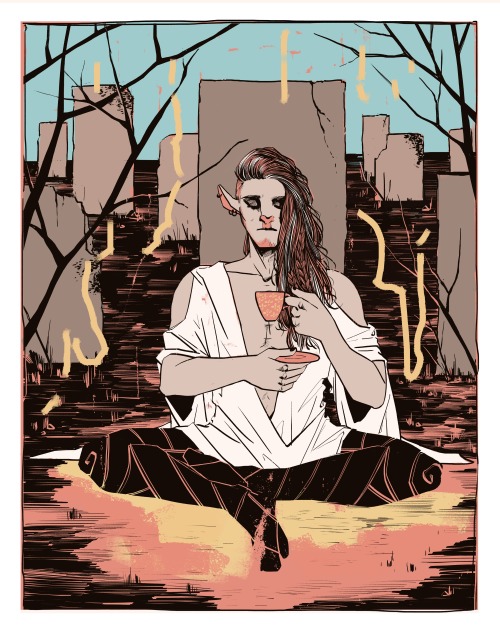
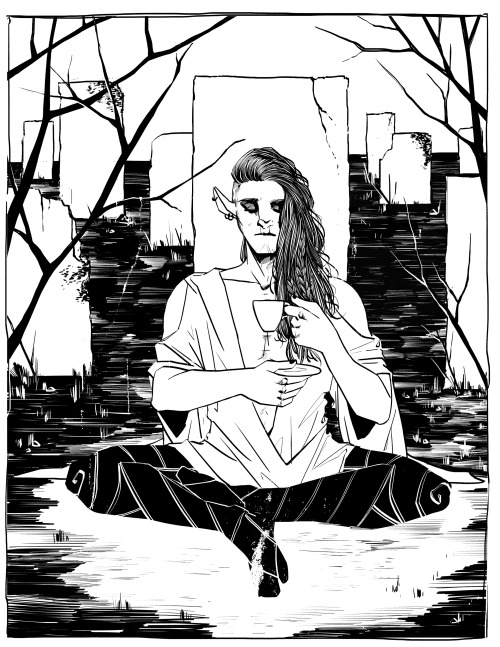

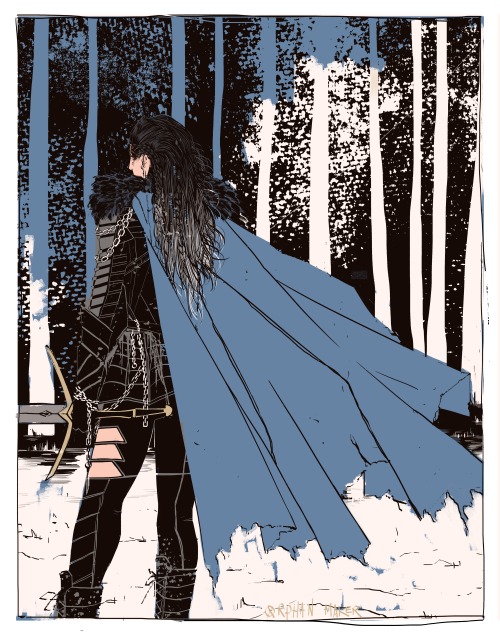
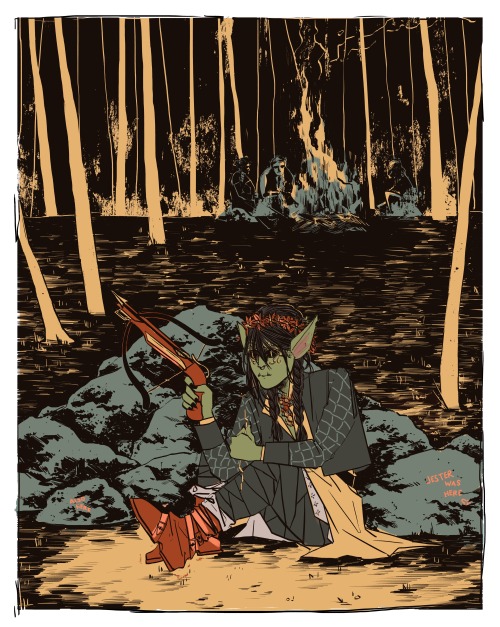
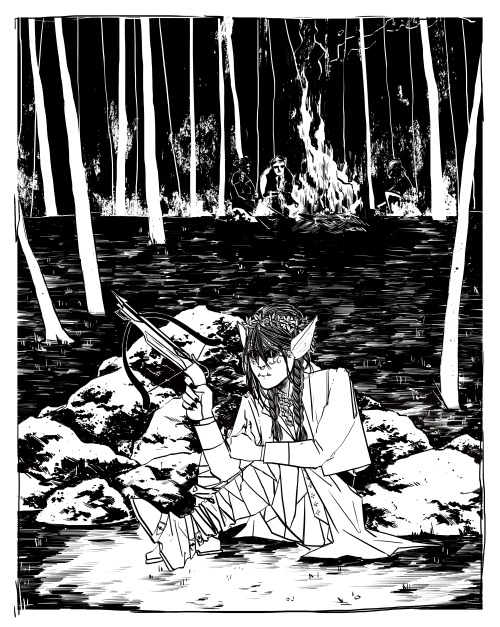






Altogether. Finished Main Set.
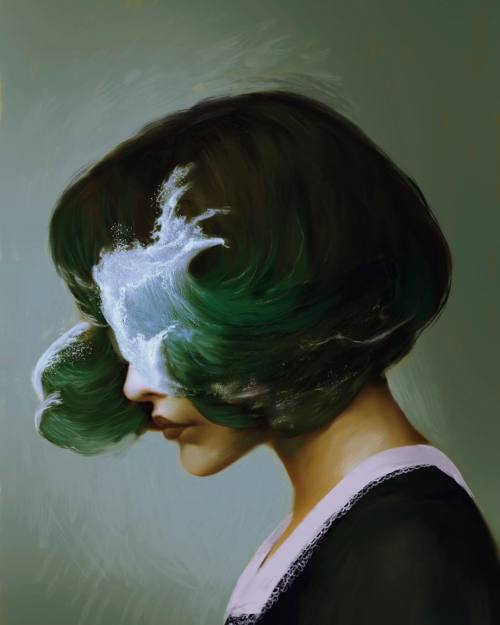
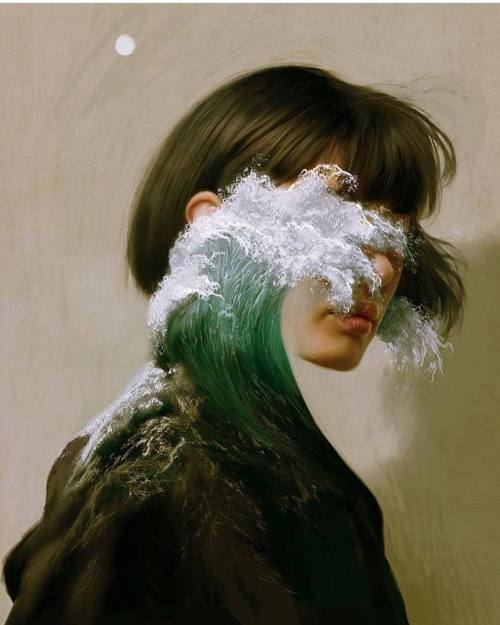


Digital illustrations by Aykut Aydoğdu
-
 ichbinyuki reblogged this · 2 weeks ago
ichbinyuki reblogged this · 2 weeks ago -
 ichbinyuki liked this · 2 weeks ago
ichbinyuki liked this · 2 weeks ago -
 regalthecat liked this · 2 weeks ago
regalthecat liked this · 2 weeks ago -
 lesbiangender reblogged this · 2 weeks ago
lesbiangender reblogged this · 2 weeks ago -
 imamagicalnerd liked this · 2 weeks ago
imamagicalnerd liked this · 2 weeks ago -
 xartofmovingonx liked this · 2 weeks ago
xartofmovingonx liked this · 2 weeks ago -
 eddito-hearts-evancito liked this · 2 weeks ago
eddito-hearts-evancito liked this · 2 weeks ago -
 agnes-nielsens reblogged this · 2 weeks ago
agnes-nielsens reblogged this · 2 weeks ago -
 caseycassidy reblogged this · 2 weeks ago
caseycassidy reblogged this · 2 weeks ago -
 zymogenn liked this · 2 weeks ago
zymogenn liked this · 2 weeks ago -
 i-am-pluto reblogged this · 2 weeks ago
i-am-pluto reblogged this · 2 weeks ago -
 i-am-pluto liked this · 2 weeks ago
i-am-pluto liked this · 2 weeks ago -
 ghostie-gengar liked this · 2 weeks ago
ghostie-gengar liked this · 2 weeks ago -
 ancoraimparo26 liked this · 2 weeks ago
ancoraimparo26 liked this · 2 weeks ago -
 aceonacase liked this · 2 weeks ago
aceonacase liked this · 2 weeks ago -
 gianteffingnerd liked this · 2 weeks ago
gianteffingnerd liked this · 2 weeks ago -
 girl-hwat liked this · 2 weeks ago
girl-hwat liked this · 2 weeks ago -
 dragonbano reblogged this · 2 weeks ago
dragonbano reblogged this · 2 weeks ago -
 arsonlarceny reblogged this · 2 weeks ago
arsonlarceny reblogged this · 2 weeks ago -
 zephyrusswinds liked this · 2 weeks ago
zephyrusswinds liked this · 2 weeks ago -
 desporkable liked this · 2 weeks ago
desporkable liked this · 2 weeks ago -
 sexycyborgwarcrimes reblogged this · 2 weeks ago
sexycyborgwarcrimes reblogged this · 2 weeks ago -
 sexycyborgwarcrimes liked this · 2 weeks ago
sexycyborgwarcrimes liked this · 2 weeks ago -
 roundaboutnow liked this · 2 weeks ago
roundaboutnow liked this · 2 weeks ago -
 la-gotica-fantasma liked this · 2 weeks ago
la-gotica-fantasma liked this · 2 weeks ago -
 guroboyfriend reblogged this · 2 weeks ago
guroboyfriend reblogged this · 2 weeks ago -
 youngandwallace reblogged this · 2 weeks ago
youngandwallace reblogged this · 2 weeks ago -
 katieelizabethrose liked this · 2 weeks ago
katieelizabethrose liked this · 2 weeks ago -
 d3ardaughter reblogged this · 2 weeks ago
d3ardaughter reblogged this · 2 weeks ago -
 d3ardaughter liked this · 2 weeks ago
d3ardaughter liked this · 2 weeks ago -
 frostedshadow reblogged this · 2 weeks ago
frostedshadow reblogged this · 2 weeks ago -
 susanontherocks reblogged this · 2 weeks ago
susanontherocks reblogged this · 2 weeks ago -
 frostedshadow liked this · 2 weeks ago
frostedshadow liked this · 2 weeks ago -
 susanontherocks liked this · 2 weeks ago
susanontherocks liked this · 2 weeks ago -
 murphysscribe reblogged this · 2 weeks ago
murphysscribe reblogged this · 2 weeks ago -
 surroundedbybooks liked this · 2 weeks ago
surroundedbybooks liked this · 2 weeks ago -
 fluffypotatey reblogged this · 2 weeks ago
fluffypotatey reblogged this · 2 weeks ago -
 shana-rosee reblogged this · 2 weeks ago
shana-rosee reblogged this · 2 weeks ago -
 yourlocalreformedvillain reblogged this · 2 weeks ago
yourlocalreformedvillain reblogged this · 2 weeks ago -
 loafingdragon reblogged this · 2 weeks ago
loafingdragon reblogged this · 2 weeks ago -
 paintedpigeon1 reblogged this · 2 weeks ago
paintedpigeon1 reblogged this · 2 weeks ago -
 wilddragonflying reblogged this · 2 weeks ago
wilddragonflying reblogged this · 2 weeks ago -
 kissurlocalkinkster liked this · 2 weeks ago
kissurlocalkinkster liked this · 2 weeks ago -
 rosedubh reblogged this · 2 weeks ago
rosedubh reblogged this · 2 weeks ago -
 silverforestglove liked this · 2 weeks ago
silverforestglove liked this · 2 weeks ago -
 thecourtshrieker reblogged this · 2 weeks ago
thecourtshrieker reblogged this · 2 weeks ago -
 thecourtshrieker liked this · 2 weeks ago
thecourtshrieker liked this · 2 weeks ago -
 mum-feather liked this · 2 weeks ago
mum-feather liked this · 2 weeks ago -
 waitwhat-whyamimissing reblogged this · 2 weeks ago
waitwhat-whyamimissing reblogged this · 2 weeks ago -
 waitwhat-whyamimissing liked this · 2 weeks ago
waitwhat-whyamimissing liked this · 2 weeks ago






